The Church That I See… | Week 4 | Pastor Ben Pierce
Bridging Generations: Building a Multi-Generational Church
In today’s message, Pastor Ben Pierce discusses the importance of unity among generations within the church. He emphasizes the need for each generation to learn from one another, sharing their unique strengths and experiences to build a vibrant community of faith together.
Introduction to the Series
This blog continues the conversation on building a multi-generational church. The aim is to inspire individuals from all walks of life to engage with one another and create a community that values the contributions of every generation.
The Vision of Generation Church
At the heart of Generation Church lies a vision rooted in unity and collaboration among diverse age groups. This vision aims to create a church that welcomes all generations and actively encourages their interaction and mutual support.
The name “Generation Church” isn’t just a catchy title; it signifies a commitment to fostering relationships that transcend age boundaries. The church is a place where wisdom from older generations meets the innovative spirit of the younger ones, creating a dynamic environment for growth and learning.

The Importance of Multi-Generational Unity
Multi-generational unity is crucial in nurturing a church community that reflects the diversity of its members. It allows for the sharing of unique perspectives, experiences, and talents that contribute to a richer faith experience.
- Strength in Diversity: Embracing different viewpoints enhances problem-solving and creativity.
- Shared Wisdom: Older generations can offer valuable insights, while younger members bring fresh ideas and energy.
- Building Relationships: Interactions between generations foster understanding and empathy, breaking down stereotypes.

The Problem of Generational Differences
Despite the benefits of multi-generational unity, challenges arise from generational differences. Each age group has its worldview shaped by unique experiences, leading to misunderstandings and conflict.
These differences can create barriers that hinder collaboration. It’s essential to acknowledge these barriers and work towards overcoming them through open communication and a willingness to learn from one another.

Successors and Sources: Understanding Generational Needs
Understanding the roles of successors and sources is vital in bridging the gap between generations. Successors, often the younger generation, look to the older generation for guidance and mentorship. Conversely, the older generation must recognize the value of the fresh perspectives that successors bring.
- Successors: They are eager to learn and grow, often seeking validation and support from their predecessors.
- Sources: They possess knowledge and experience that can guide successors, but must also be open to new ideas.

The Perception Gap Between Generations
Generational perceptions can create a significant gap in understanding. Older generations may view younger individuals as reckless or uninformed, while younger generations may see their elders as outdated or resistant to change.
This perception gap highlights the need for dialogue and interaction. By actively engaging with one another, both generations can challenge misconceptions and foster mutual respect.
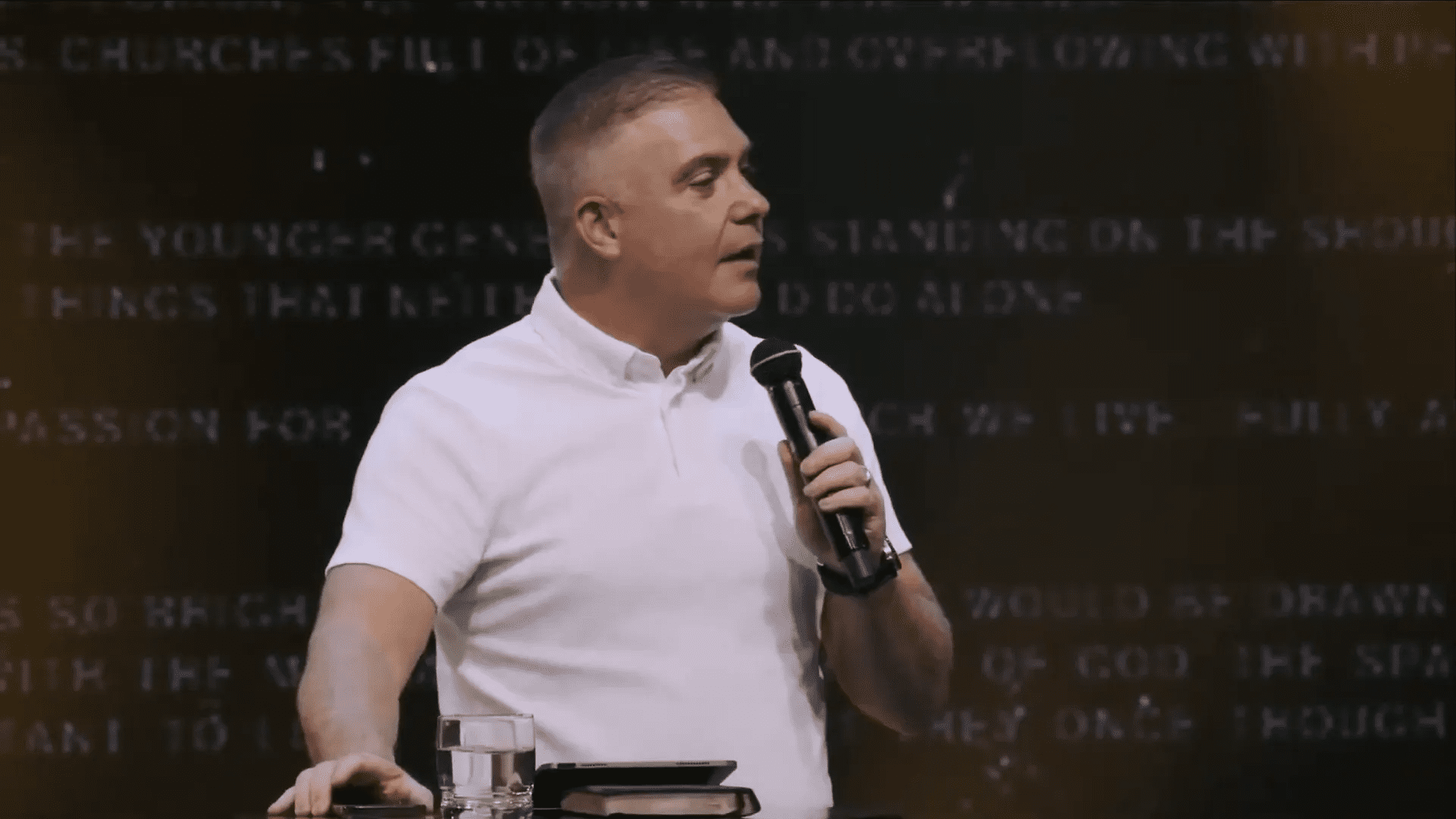
Examples of Musical Preferences Across Generations
One tangible example of generational differences is musical preferences. Music often serves as a cultural touchstone, reflecting the values and experiences of different age groups.
For instance, older generations may gravitate towards classic rock or country, while younger generations might prefer pop or hip-hop. These differences can create a divide in communal worship settings.
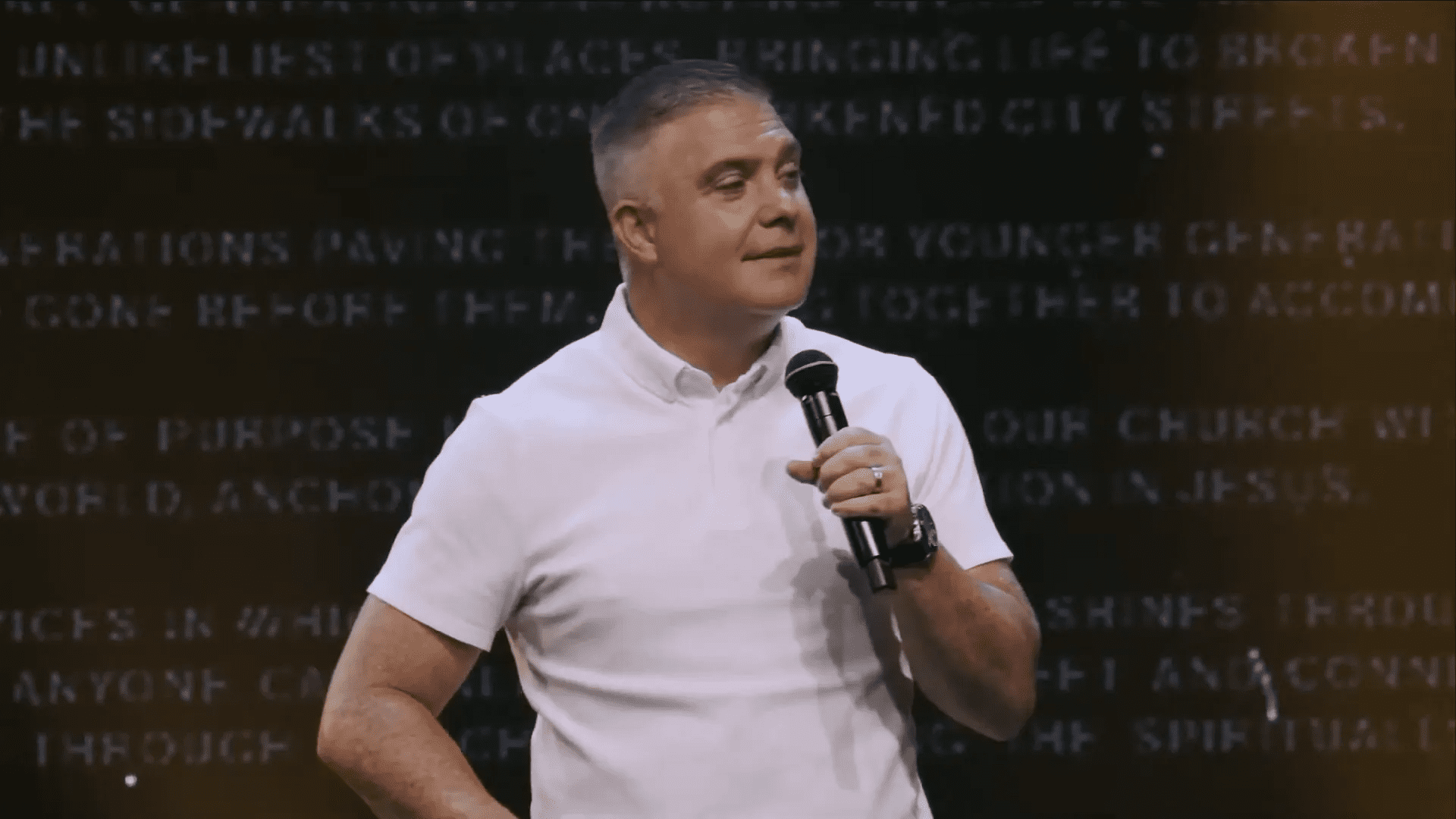
Bridging the Gap: Overcoming Barriers
To bridge the generational gap, it’s essential to foster an environment that encourages collaboration and understanding. Here are some strategies:
- Encourage Open Communication: Create safe spaces for dialogue where individuals can express their thoughts and feelings without fear of judgment.
- Foster Collaborative Projects: Initiate church activities that require participation from all age groups, promoting teamwork and shared goals.
- Celebrate Diversity: Acknowledge and celebrate the unique contributions of each generation, reinforcing the idea that every voice matters.
By implementing these strategies, churches can cultivate a multi-generational community that not only coexists but thrives together.
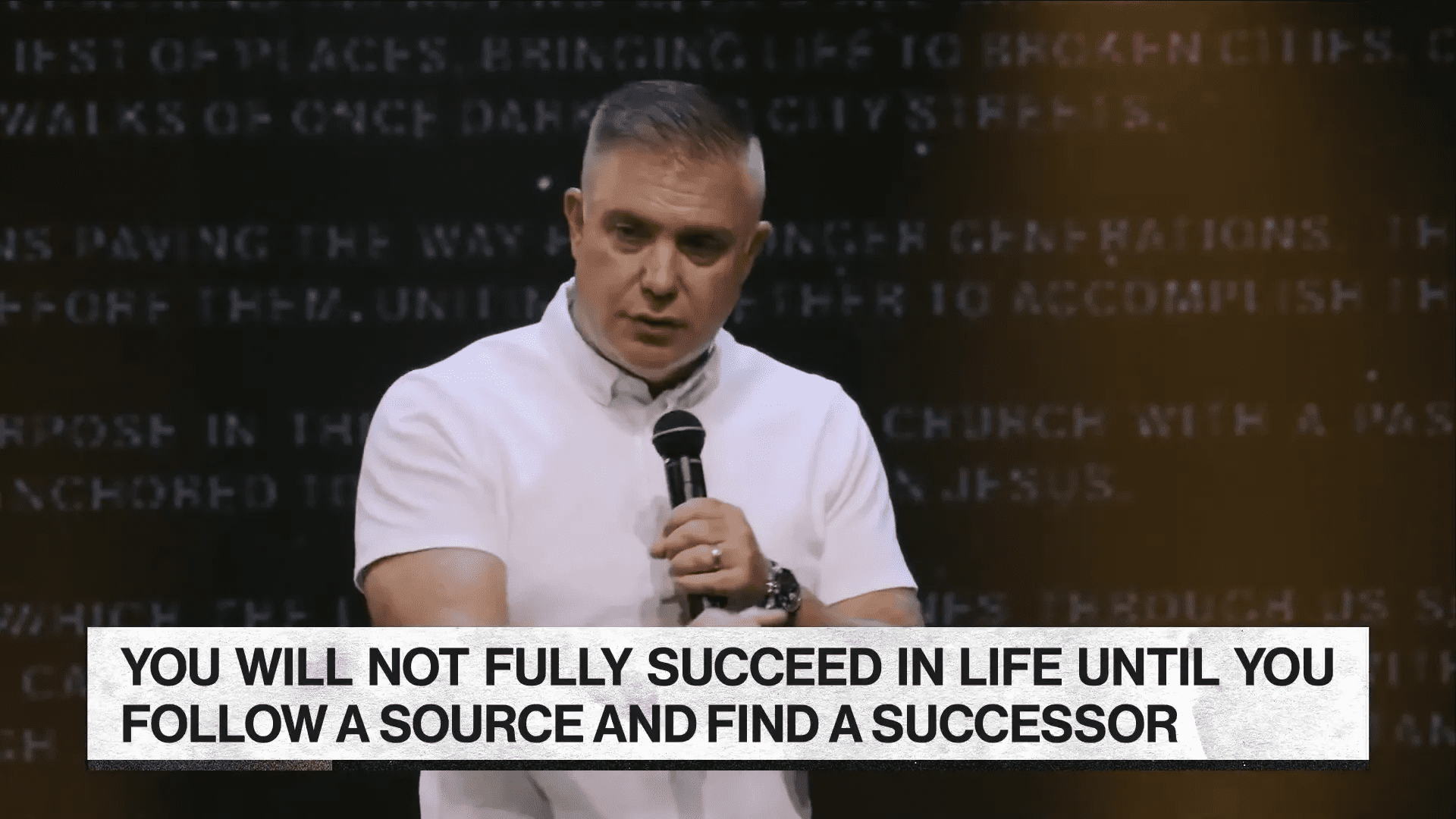
The Biblical Basis for Multi-Generational Unity
Multi-generational unity is deeply rooted in biblical principles. Throughout Scripture, we see the importance of mentoring relationships that transcend age. For instance, the relationship between Moses and Joshua exemplifies how wisdom and experience can be passed down to the next generation.
In Deuteronomy 3:28, God instructs Moses to encourage and strengthen Joshua, highlighting the necessity of fostering leadership in younger generations. This biblical precedent demonstrates that investing in successors is not merely a suggestion but a divine mandate.
The early church also exemplified this principle. The apostles, despite facing severe persecution, ensured that the teachings of Christ were passed down through mentorship, as seen in Paul’s letters to Timothy and Titus. This continuity of faith and leadership is essential for a thriving church community.

The Church That I See: A Vision for the Future
The church of the future is one where all generations come together to impact their communities. It is a vibrant tapestry woven from the threads of diverse experiences and perspectives. The vision for Generation Church is to create an environment where every voice is heard and valued.
Imagine a church where older generations share their wisdom while younger generations bring fresh ideas and energy. This synergy can lead to innovative ministries that address the community’s needs in relevant ways. It’s about creating a legacy of faith that spans generations.
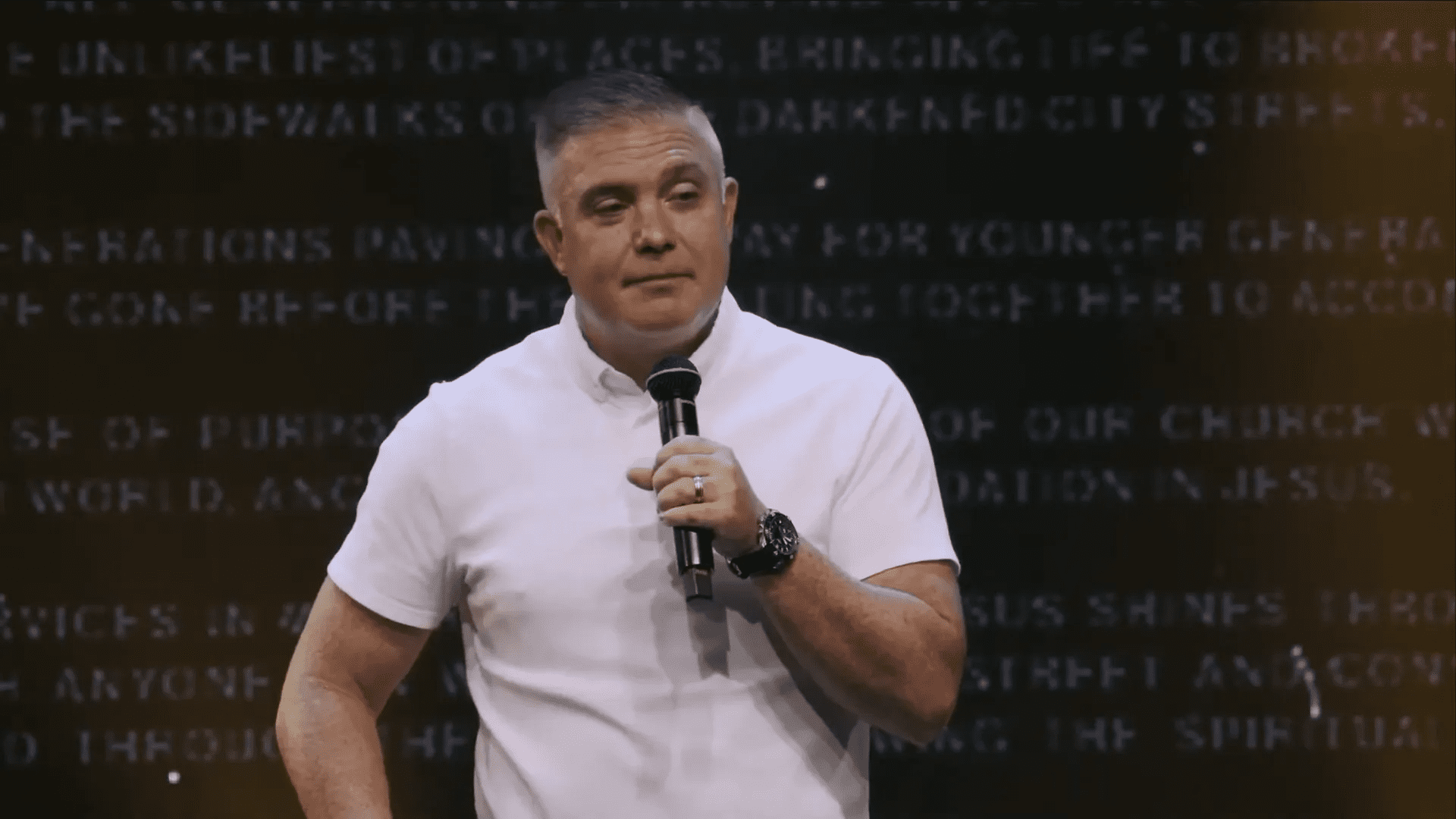
The Role of Each Generation in Building the Church
Every generation has a unique role in the church’s mission. The older generation acts as mentors, providing guidance and support based on their experiences. They have walked through various life stages and can offer invaluable insights to the younger members.
Conversely, the younger generation brings passion, creativity, and a willingness to embrace change. Their fresh perspectives can challenge the status quo and inspire innovative approaches to ministry. Together, these generations can accomplish what neither could do alone.
- Older Generations: Serve as mentors, sharing wisdom and experience.
- Younger Generations: Bring energy and fresh ideas, pushing boundaries for growth.

Finding Successors and Sources
Finding successors and sources is vital for the church’s sustainability. Successors are the younger individuals who will carry the torch forward, while sources are the seasoned members who have invaluable knowledge to impart. Both roles are essential for a thriving church.
To identify potential successors, look for individuals who show promise and a willingness to learn. Invest time in mentoring them, and helping them grow in their faith and leadership skills. Similarly, sources should be open to sharing their experiences and insights, creating a culture of learning and growth.
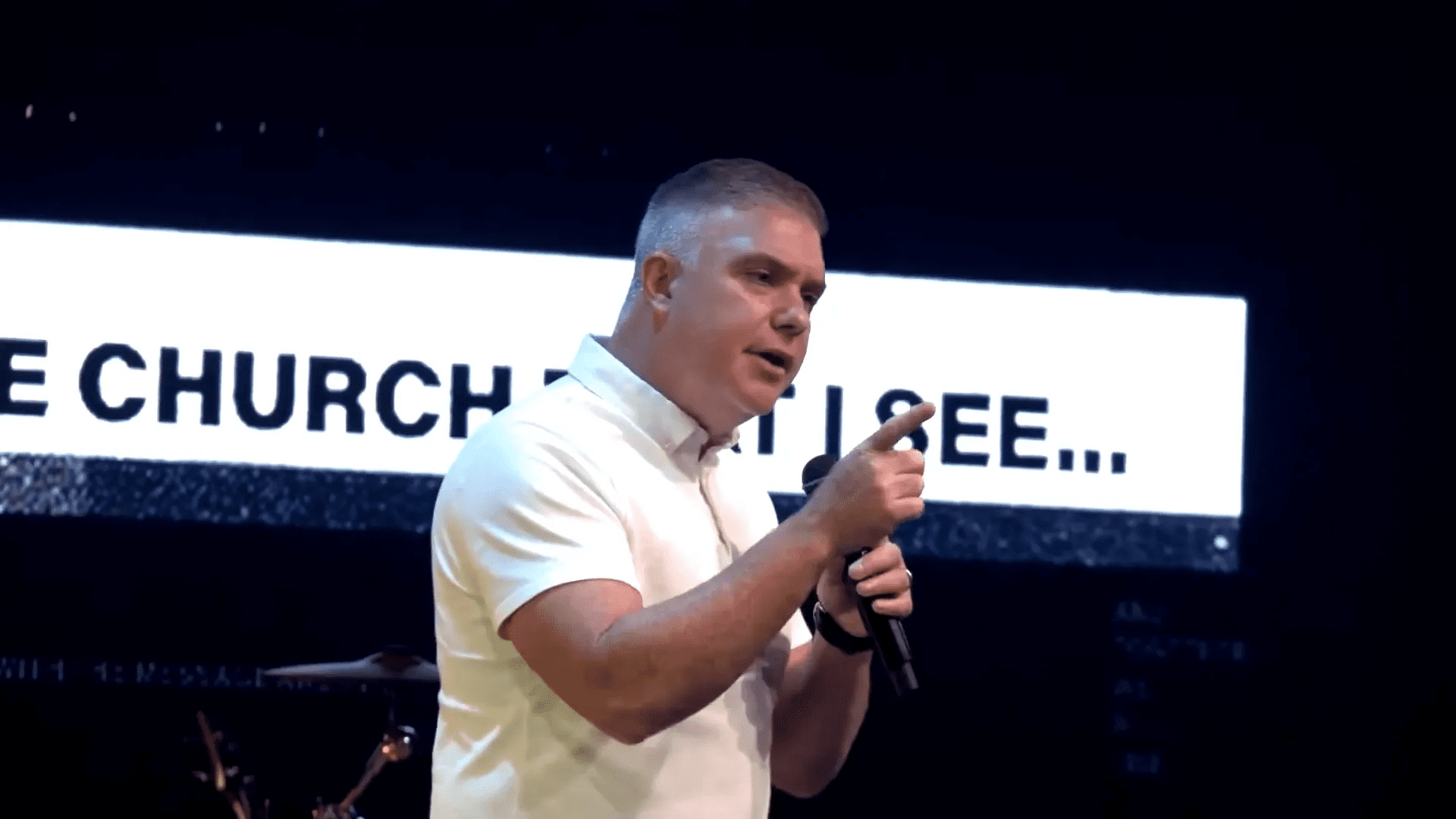
Investing in the Next Generation
Investing in the next generation is not just a responsibility; it is a privilege. Churches must create intentional opportunities for mentorship and growth. This can be done through small groups, one-on-one mentorship, and leadership training programs.
Encouraging younger members to take on roles within the church—whether in worship, teaching, or service—fosters a sense of ownership and belonging. This investment pays dividends as these individuals grow in their faith and leadership abilities.
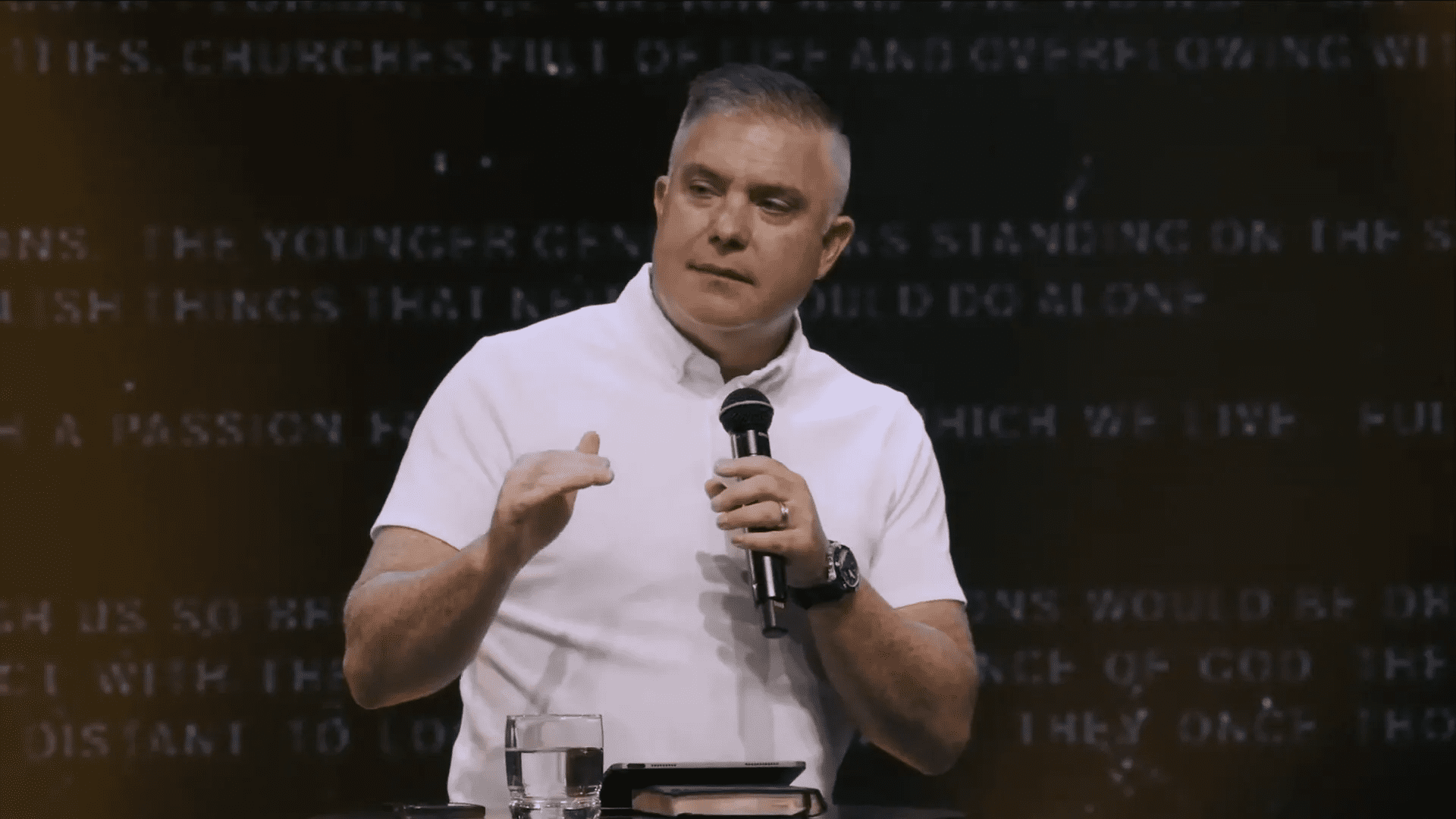
Practical Tips for Multi-Generational Investment
To effectively invest in multi-generational relationships, consider these practical tips:
- Encourage Collaboration: Create projects that require input from all generations, fostering teamwork and understanding.
- Host Multi-Generational Events: Organise events that cater to all age groups, encouraging interaction and relationship-building.
- Provide Training Opportunities: Offer workshops and training sessions that focus on leadership skills for both older and younger members.

The Need for Mutual Respect and Understanding
Mutual respect and understanding are the cornerstones of a successful multi-generational church. Each generation must recognize the strengths and contributions of others. Older generations should value the energy and creativity of younger members, while younger generations must appreciate the wisdom and experience of their elders.
Open dialogue is crucial in bridging gaps and addressing misunderstandings. Creating safe spaces for conversations allows members to express their thoughts and feelings, fostering empathy and connection.

Conclusion: Embracing Our Generational Roles
As we embrace our generational roles, we must remember that the church is stronger when we work together. Each generation has unique contributions that are vital for a vibrant community of faith. By investing in one another, we not only build a stronger church but also create a lasting legacy for future generations.
Let us commit to being mentors, learners, and collaborators as we journey together in faith. The best is yet to come as we unite in purpose and passion, paving the way for a thriving multi-generational church.
